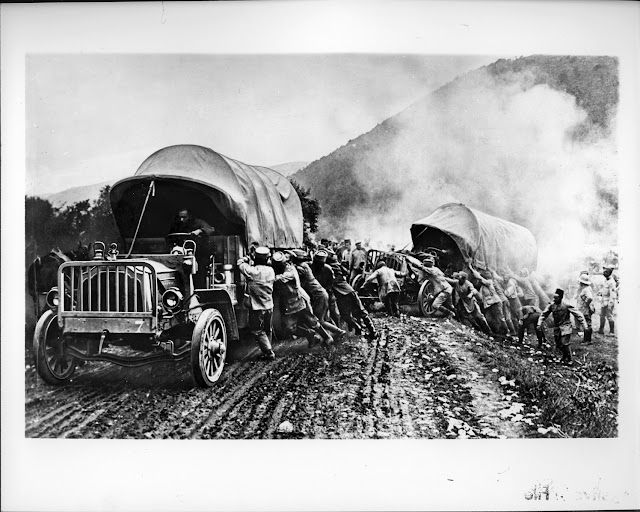 |
24 Hours of Le Mans, 10/11 June 1989. Sauber-Mercedes Group C racing car C 9. Start number 63 – winners: Jochen Mass / Manuel Reuter / Stanley Dickens. |
He remains to this day an established name in the world of motor racing: Jochen Mass. He recorded numerous victories from the 1970s until into the 1990s, among them his overall victory in the famous "24 Hours of Le Mans" in a Sauber-Mercedes C 9 in 1989. After that, and up to the present day, Jochen Mass has regularly driven for Mercedes-Benz at historical events, piloting famous classic cars from the company's own collection. His next outing, for example, will be at the Zoute Grand Prix (6 to 9 October 2016) in the Belgian coastal resort of Knokke.
Stuttgart. High praise from an illustrious source: Jochen Mass "is an extremely knowledgeable driver with a tremendous feel for racing cars," says former racing driver Sir Stirling Moss. "He is familiar with the racing history of every age." This is precisely the description that fits Jochen Mass: not just that, in his active days, he was Germany's most successful racing driver, but he is equally at home in racing cars from the complete history of motor sport, knowing how to pilot them with great virtuosity. Whether pre-war or post-war cars, Mercedes-Simplex, Mercedes-Benz SSK, famous Silver Arrows such as W 25 and W 196 R, the Sauber-Mercedes C 9 or the rally racers of the 1980s: Jochen Mass is always an expert at the wheel.
And he possesses an unrivalled ability to describe the peculiarities of vehicles from every age and to accurately compare their technologies and driving characteristics. In this way, Jochen Mass allows enthusiasts and visitors to share in his driving experiences. As he now turns 70, Mercedes-Benz Classic sends him the warmest congratulations.
Jochen Mass was born on 30 September 1946 in Dorfen near Wolfratshausen and grew up near Mannheim. His first career move was as a sailor on the world's oceans. After that, however, he quickly turned towards motor sport. Having served his apprenticeship as a mechanic, in 1968 he began his varied career in motor sport with touring car racing. In 1972, he won the 24 Hours of Spa-Francorchamps. At the same time, he took part in Formula 2, finishing second in the 1973 European championship. In the same year, Mass made his Formula 1 debut in the Grand Prix of Great Britain at Silverstone, driving for the Surtees team. Having proved himself in top-tier motor sport, he went on to contest a total of 105 Grand Prix races for various teams, collecting 71 world championship points. Alongside Wolfgang Graf Berghe von Trips, he was until that time Germany's most successful Formula 1 driver.
After his years in Formula 1, his career carried on apace: in 1984, Mass piloted a Mercedes-Benz 500 SLC (C 107) in the Paris–Dakar Rally. In this highly challenging event, simply completing the race represented a great achievement: he finished 62nd. After winning the German Sports Car Championship in 1985 and a stint as a works driver at Porsche, in 1988 he joined the Sauber-Mercedes team as a works driver. He drove in Group C for the same team until 1991. In the new Silver Arrow, the Sauber-Mercedes C 9, Jochen Mass triumphed in the 24 Hours of Le Mans in 1989 in the same team as Manuel Reuter and Stanley Dickens, going on to finish runner-up in the world championship in the same year. Three years later, in 1992, Mass moved to team management of the DTM. On land, water and in the air – Jochen Mass is a competitor through and through: in 1992, the trained sailor took part in a balloon race across the Atlantic. From 1993 to 1997, he worked as a co-commentator on Formula 1 broadcasts for the RTL television station.
Given this extensive experience, it is hardly surprising that Jochen Mass is today active as a Mercedes-Benz brand ambassador, taking part in historical events. He regularly competes in a team with other famous racing drivers. Sir Stirling Moss recalls their joint participation in the Mille Miglia in 2005 – fifty years after his legendary triumph in a Mercedes-Benz 300 SLR. Moss: "I drove out into the night and, as agreed, handed over this great car just a short time later to my replacement driver – Jochen Mass. I did so with no misgivings whatsoever, as, for me, Jochen is a kindred spirit."






























